10. Bwindi Impenetrable Forest
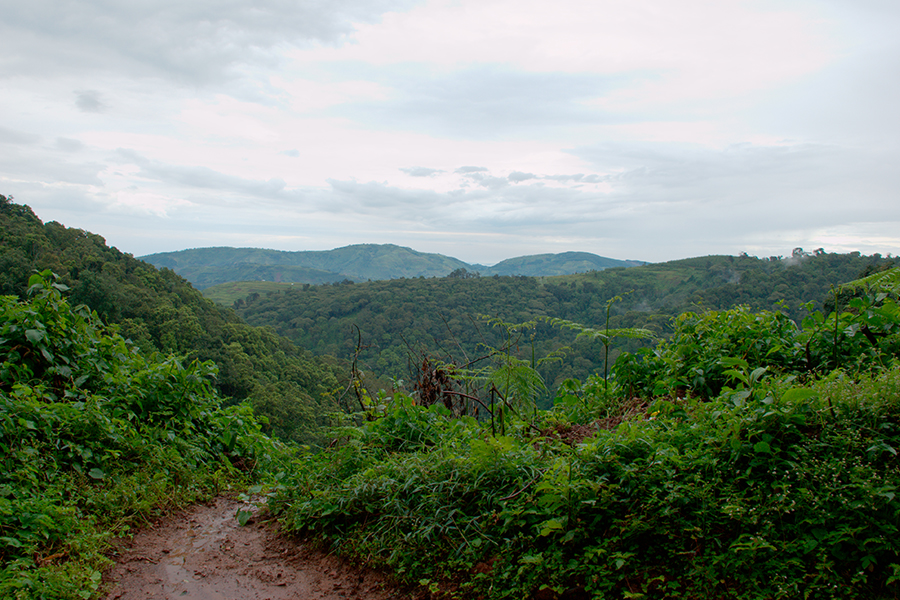
Uganda
One of several forests that we love, the Bwindi Impenetrable Forest's name translates to "Impenetrable Impenetrable Forest." It's home to half of the world's mountain gorillas and all sorts of other sights, if you can find a way in that is.
9. Svalbard
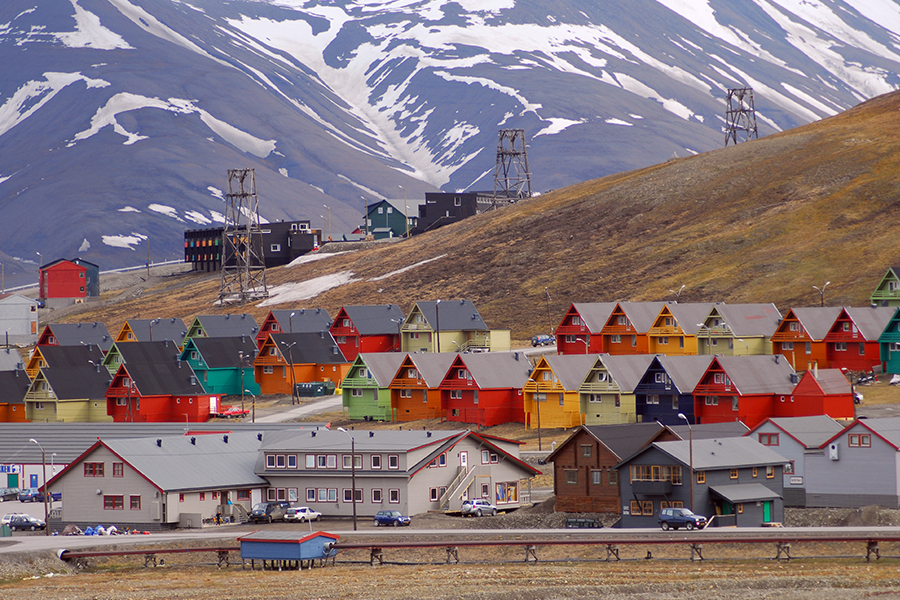
Norway
Svalbard isn't necessarily the most forbidding place on Earth. What it is, however, is extremely northern. The town of Longyearbyen means you'll have a place to stay, but it's far north enough that you can experience the aurora borealis in the polar night. It's also hard enough to get to that it won't be nearly as crowded as Reykjavik.
(image via Peter Vermeij)
8. Makgadikgadi Pan
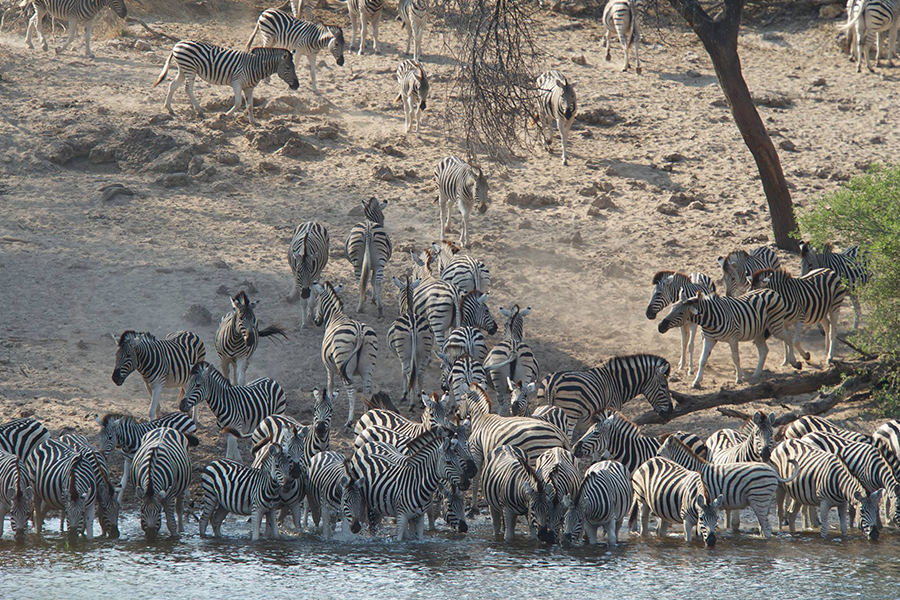
Botswana
The Makgadikgadi Pan is one of the largest salt flats in the world. Thousands of years ago, this area was a lake larger than Switzerland, but now it is so barren that the only surviving plant life is a thin layer of blue-green algae. Still, in the wet season, the area bustles with activity as zebras descend upon the stark landscape with their predators close behind.
(image via Facebook)
7. La Rinconada
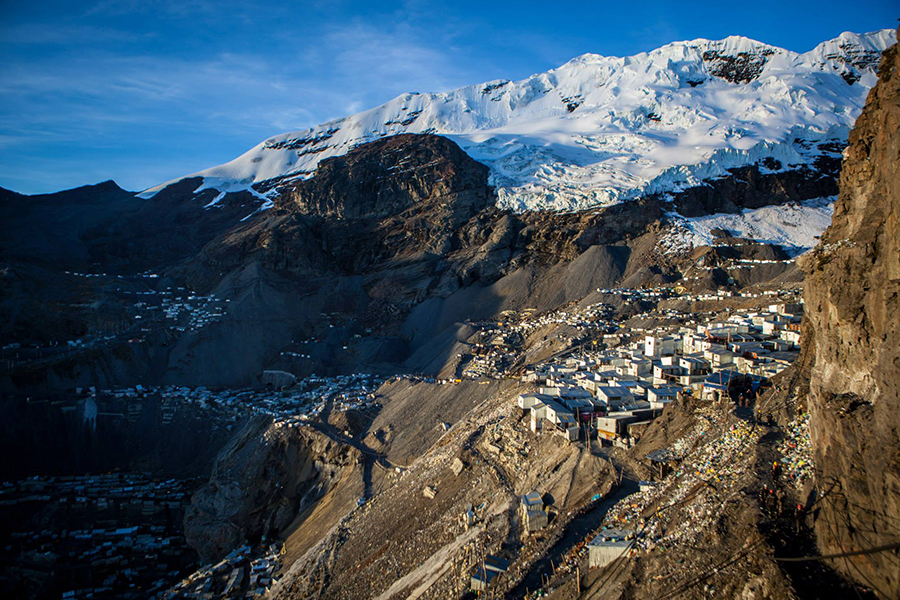
Peru
Tucked into the Peruvian Andes, La Rinconada is the highest human settlement in the world. Odds are good that nobody would even live here at all if it weren't for the gold mine. Of course, mining life is brutal enough when you're not trying to live at the highest elevation humankind has bothered to set up, so the town isn't particularly inviting.
(image via Facebook)
6. Pitcairn Island

United Kingdom
If you read about Pitcairn Island in a novel, you'd roll your eyes in disbelief, but the island is actually a real place. Inhabited by descendants of the HMS Bounty mutineers, Pitcairn has no airstrip, meaning that the only way to reach it is a boat ride from New Zealand. Inhabitants make their living primarily from fishing, farming, and selling their postage stamps to collectors. Even though the island is gorgeous, maybe just stick to New Zealand.
(image via Facebook)
5. The Tibetan Plateau

China and India
A study by the European Commission identified the Tibetan plateau as the world's single most remote place based on how far away the nearest city is by land or water. It takes three weeks to reach either Lhasa or Korla from here, one day via car and another 20 days that are accessible only by foot. If you really, really need some extreme peace and quiet, you may want to check it out.
(image via reurinkjan, CC)
4. Mêdog

China
This might be cheating as Mêdog is sort of nestled near the Tibetan Plateau. To reach it, you have to travel through the frozen Himalayas, then cross a 2,000-meter suspension bridge. Every time China tries to build any type of infrastructure into the region, the earth itself swats it down with mudslides, avalanches, and more.
(image via Facebook)
3. Bouvet Island
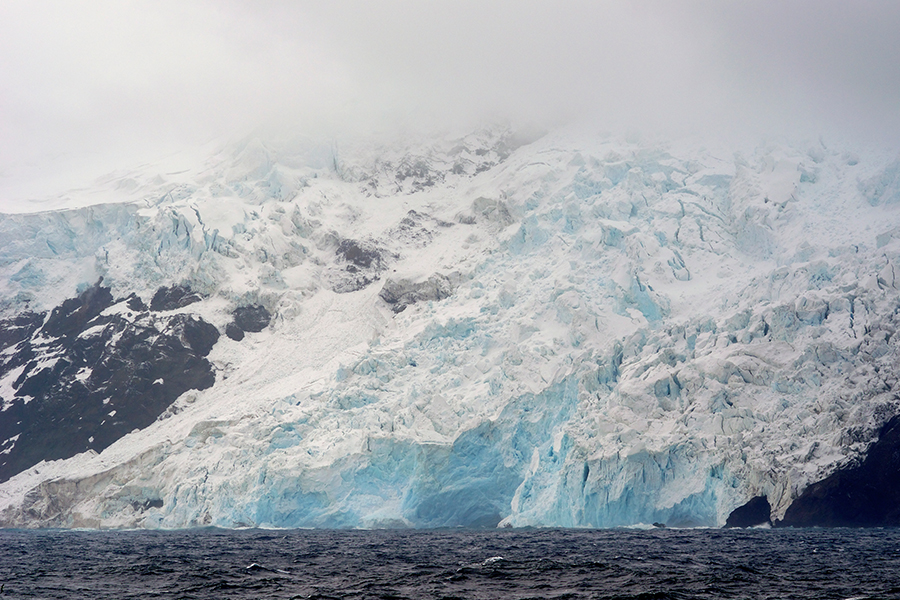
Norway
Bouvet Island is the most remote island in the world. Technically it's owned by Norway, but that doesn't mean an awful lot since nobody actually lives there. The nearest piece of land is nearly 1,000 miles away, and the nearest inhabited location, Tristan da Cunha, is over 1,400 miles away. Since Tristan de Cunha has about 300 people living on it, it might make for a warmer reception.
(image via François Guerraz, CC)
2. Oymyakon
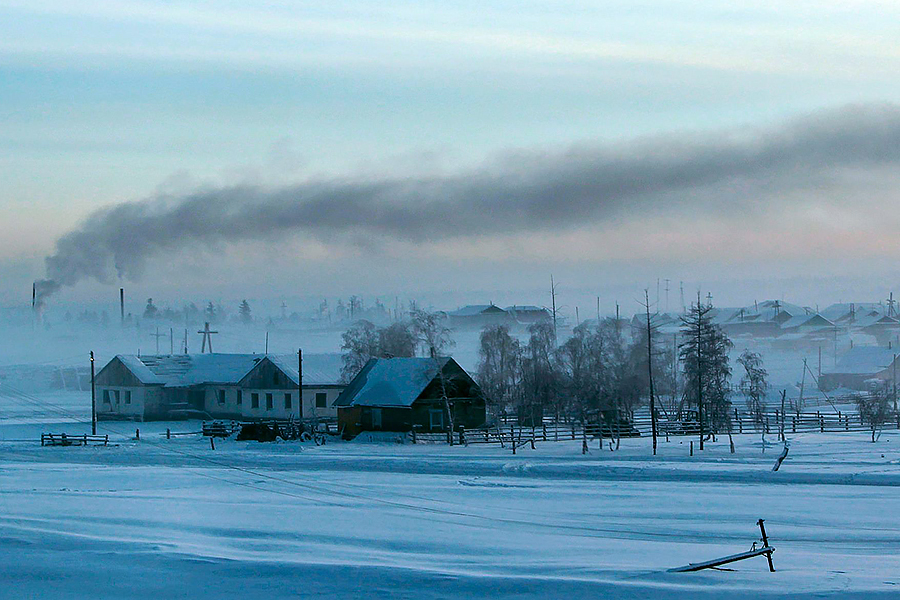
Russia
Located in Siberia, Oymyakon is one of the coldest places on the planet where people actually try to live. The town is so far north that the days can be as long as 21 hours or as short as only three. The ground is covered in permafrost, and while the icy landscape is gorgeous, it's worth remembering that when you hear "Siberia," it usually corresponds to punishment in a Dostoevsky novel.
(image via Facebook)
1. Antarctica
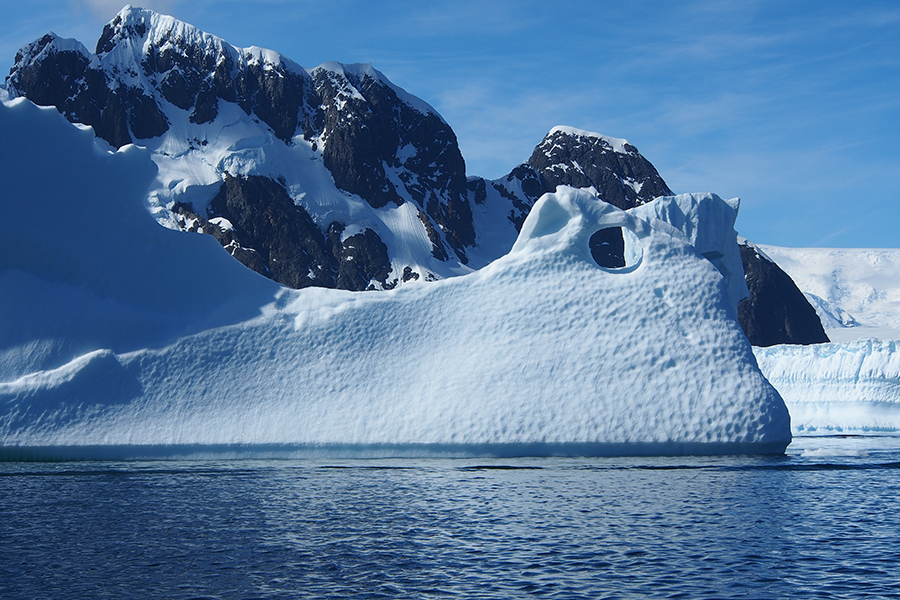
It doesn't get much more remote than the very bottom of the world. The Antarctic isn't anyone's natural home, and aside from a few research outposts, there's not much here. The Soviet's tried and failed to establish a base here in the 1950s on the single most inaccessible point, but all they managed to do was leave behind a bust of Lenin.
 Author
Garrett Steele
Last Updated: April 11, 2016
Author
Garrett Steele
Last Updated: April 11, 2016